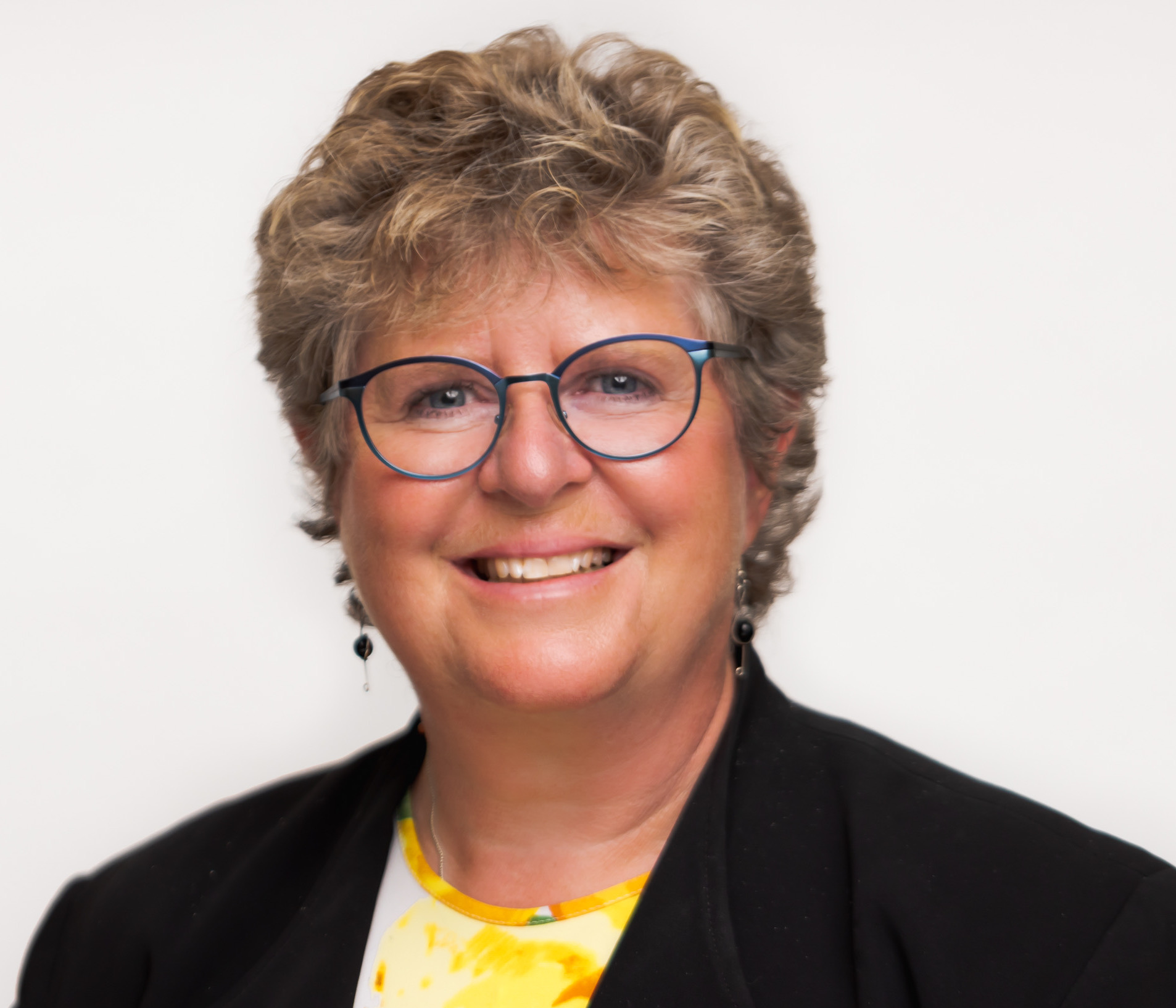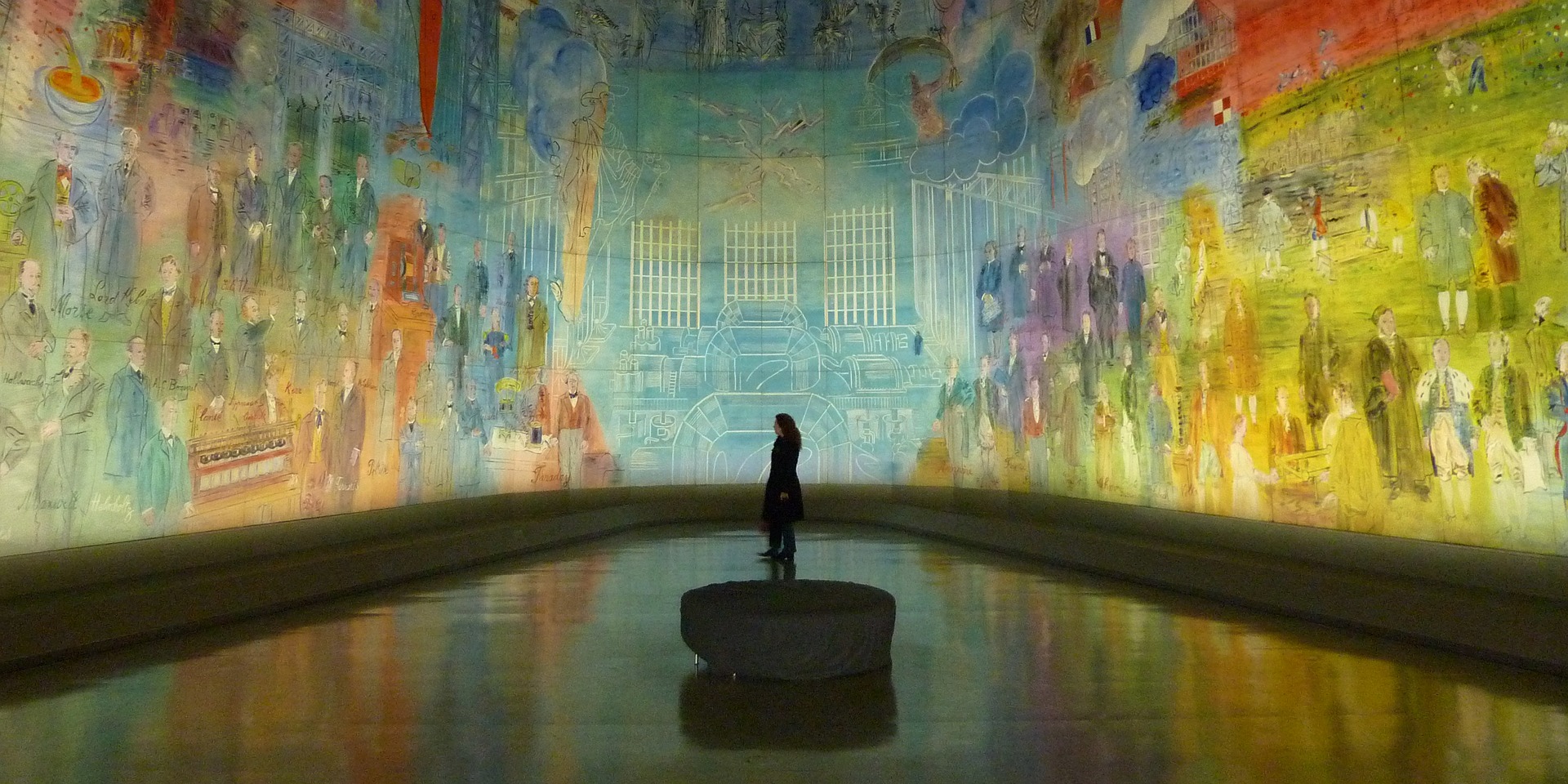Effective interprofessional collaboration requires active listening and communication skills, being open to other’s perspectives and to modifying our own viewpoints when caring for patients. Despite early training and attempts to hone clinical skills in this area, communication remains an interdisciplinary challenge. In this blog post, I want to spark your interest in how visual thinking strategies (VTS) can be used to develop the skills we need to enable team-based quality patient care. I will introduce you to the history, the method itself and how we might use this technique in medical and health professions education.
How was VTS developed?
The method has its roots in the qualitative work by Abigail Housen and Philip Yenawine. This work began in the 1970s looking at how exposure to viewing art affected peoples viewing experiences. Housen eventually called this aesthetic development. Her research involved more than 4000 interviews in which she offered participants the opportunity to speak in a non-directive stream of consciousness about what they saw when given an image. From this extensive qualitative data, she identified 5 stages of aesthetic development. The details in many ways are not so important as understanding that the majority of us are in stage 1 and 2.
How does VTS work?
VTS is a method that produces rapid growth in aesthetic thinking and other cognitive operations through observing, speculating, and evidence-based reasoning. Participants must provide visual data to explain their interpretation of the artwork they are viewing and recognize how each person’s interpretation contributes to understanding multiple meanings. There is no correct answer! The technique involves a facilitator and the use of three questions: What is going on this picture? What do you see that makes you say that? What more can we find? This may seem straightforward, but in practice is quite challenging. Art works are chosen by the facilitator based on the goals of the session and the audience. The audience is instructed to take time to look closely at the art work. After approximately 1 minute, the first question is asked, and the audience is invited to say what, for them “is going on in this picture”. As each person shares, the facilitator draws participants’ attention to the area of the image being discussed and then paraphrases what has been said, shifting the language and assumptions to involve possibilities, and leaving the options open to further interpretation. The participant who described what they see is then asked the second question and must provide a rationale for their observations. This is again summarized by the facilitator using language that leaves room for further interpretation. The third question is asked, and the second question is repeated. The facilitator uses conditional language, identifies links between comments, and values all comments equally. All participants can engage and as the different voices share their observations, the group has the opportunity to broaden their own view and perspectives of the artwork, reflect on their own assumptions and recognize what they may not have seen.
How can this help interprofessional teams?
This type of activity fosters active listening and an openness to other’s perspectives. The paraphrasing by the facilitator helps the participants feel valued and heard and maintains curiosity. The fact there is no correct answer means everyone’s interpretation is important, and as part of the process we need to explain why and what evidence there is to justify our interpretation of the art work. This is a key component of clinical reasoning, in which we must decide if the evidence fits with our working diagnosis. Another way to mitigate our own biases is to be part of a team. This distributed cognition brings multiple perspectives to patient care and helps us see things differently but only if we are willing to listen and value what is said. VTS promotes this type of engagement with one another. Having teams engage in this type of activity helps all team members feel valued and heard and promotes understanding of others’ perspectives and what they can contribute. Using a debriefing session following the experience provides space for self-reflection and linking of the concepts learned to health care teams.
I am using VTS with interprofessional teams and groups as part of team building exercises and also to prepare people to deal with conflict. I have found that participants are often surprised at what others identify in the images and quickly recognize how being open to other’s perspectives can shift their own thinking. They have no difficulty recognizing how the concepts can be linked to clinical care.
When you have the chance, look for the opportunity to participate in a VTS workshop. I have seen how powerful the experience can be and how it can positively influence your thinking.
Did you know that the Harvard Macy Institute Community Blog has had more than 340 posts? Previous blog posts have explored topics including lessons in professional identity formation, art as antidote, and striking a chord?
Wendy A Stewart


